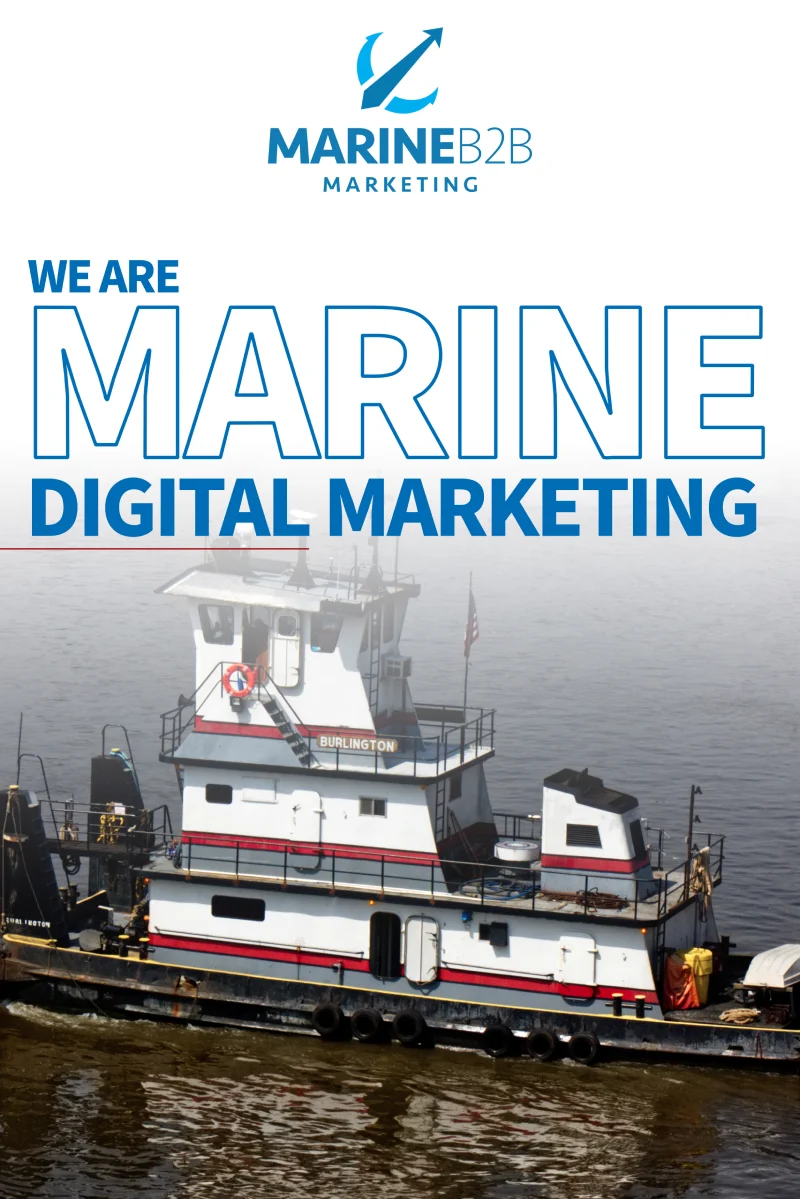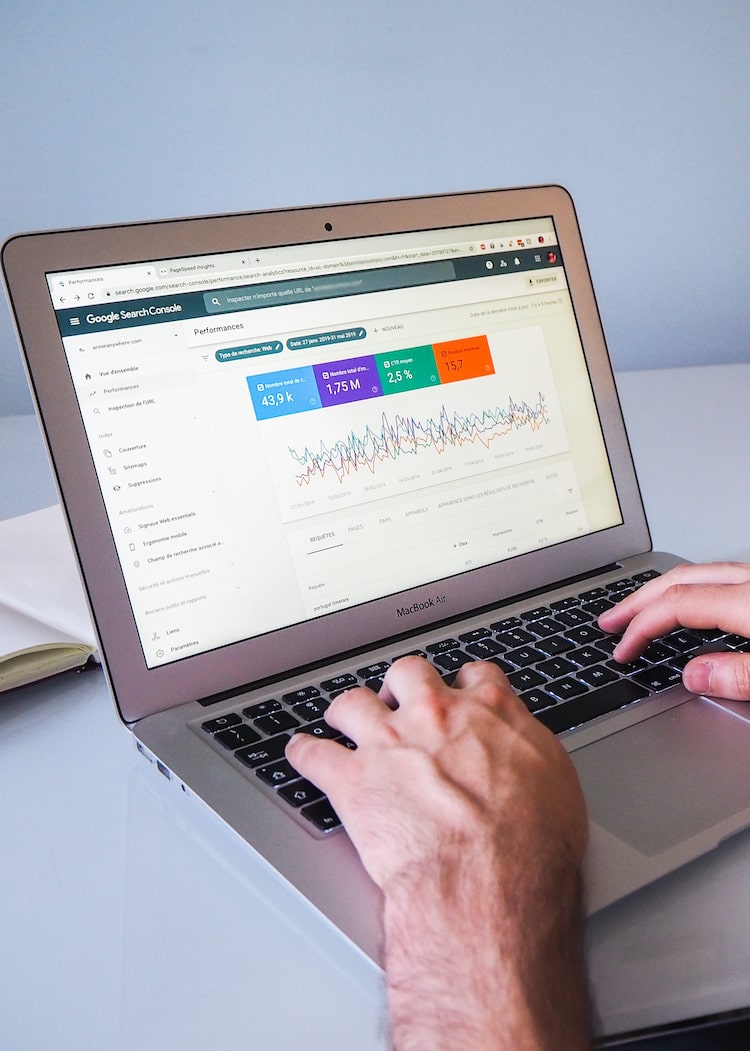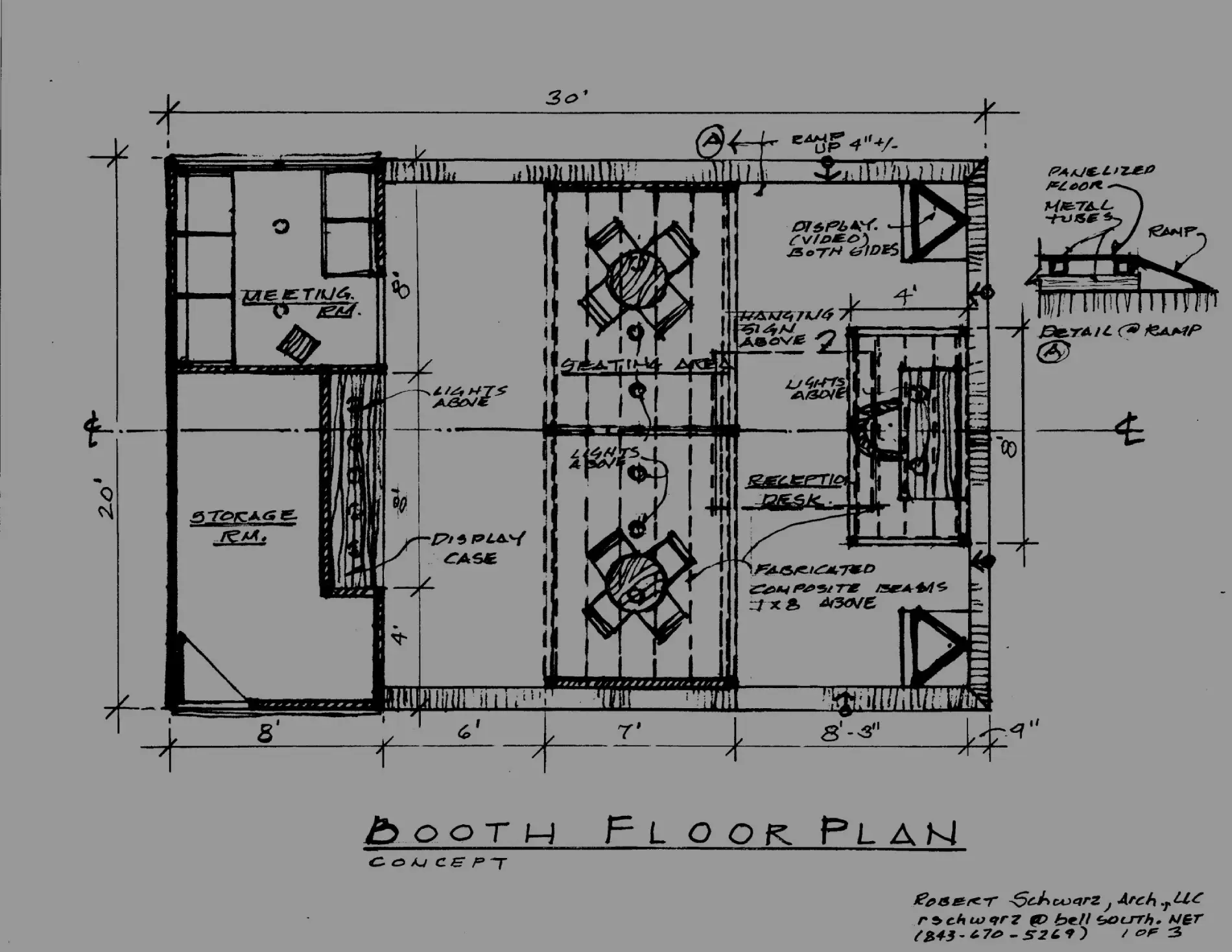The marine industry is vast, competitive, and ever-evolving. One of the most effective ways to stay ahead of the curve, forge new connections, and showcase your products or services is by participating in industry tradeshows. Among these, the International WorkBoat Show stands out as a premier event, attracting professionals from across the globe. This tradeshow offers a unique platform to network, gain insights, and drive business growth. However, success at such an event doesn’t happen by chance—it requires meticulous planning and execution. This guide will walk you through a step-by-step process to ensure your presence at the International WorkBoat Show is both impactful and rewarding.
Initial Planning Phase (6-12 Months Out)
Setting Clear Objectives
The first step in your tradeshow preparation is to establish clear and achievable objectives. Ask yourself what you aim to accomplish by attending the International WorkBoat Show. Are you looking to generate leads, increase brand awareness, or strengthen relationships with existing clients? Perhaps you’re launching a new product and want to create a buzz. Your goals will guide every subsequent decision, from your budget to your booth design.
Aligning your tradeshow objectives with your broader marketing strategy is crucial. If your company is focusing on expanding its presence in a specific market segment, your tradeshow strategy should reflect this. For example, if you’re targeting the offshore energy sector, your messaging, booth design, and marketing efforts should cater to the needs and interests of that audience.
Budget Planning
Once your objectives are in place, the next step is to develop a comprehensive budget. Tradeshows can be expensive, with costs including booth space, travel, accommodation, marketing materials, and more. It’s essential to estimate these expenses early in the planning process to avoid last-minute surprises.
Your budget should be detailed and account for all potential costs. For example, consider not just the cost of the booth space but also the expenses associated with designing, building, and transporting the booth. Factor in travel and lodging for your team, as well as any additional costs such as meals, transportation, and event tickets.
Allocating resources effectively is key. Prioritize spending in areas that will have the most significant impact on your success. For instance, investing in a high-quality booth design might be more important than ordering a large quantity of promotional items if it means attracting more visitors to your booth.
Pre-Show Preparations (3-6 Months Out)
Booth Design and Layout
Your booth is the face of your brand at the tradeshow. It should be visually appealing, functional, and reflective of your company’s values and messaging. Start by conceptualizing a booth design that will stand out in a crowded exhibition hall. Consider the layout carefully—ensure there’s enough space for product displays, demonstrations, and conversations with attendees.
Incorporate branding elements such as your company’s logo, colors, and tagline prominently. Use lighting, signage, and multimedia displays to draw attention and engage visitors. The goal is to create an environment that invites attendees to stop by, explore, and learn more about what you have to offer.
If you have the resources, consider hiring a professional exhibit designer who specializes in tradeshow booths. They can help you create a design that not only looks great but also meets the practical needs of your team during the event.
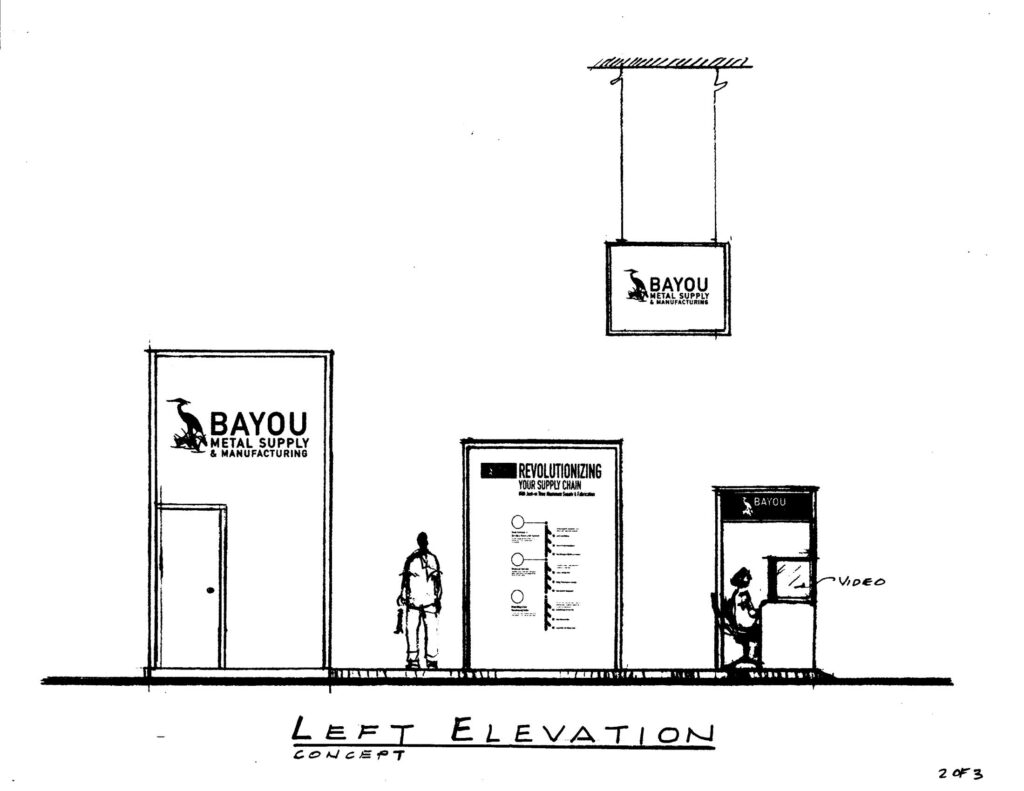
Marketing and Promotion
A successful tradeshow appearance begins long before you set foot in the exhibition hall. To maximize your visibility and attract the right audience to your booth, you need a well-planned marketing campaign. Start by identifying your target audience—who are the key decision-makers you want to reach at the show?
Once you’ve identified your audience, use a mix of marketing channels to reach them. Social media is an excellent tool for generating buzz in the months leading up to the show. Share updates about your preparations, sneak peeks of your booth, and information about any special events or promotions you’ll be hosting.
Email marketing is another powerful tool. Send out invitations to current clients and prospects, encouraging them to visit your booth. Offer incentives such as exclusive show discounts or a chance to win a prize. Consider using direct outreach as well—personally invite key contacts to schedule a meeting or demo during the show.
Don’t forget about traditional media. If your company is launching a new product or service at the show, consider issuing a press release. Reach out to industry publications to see if they’re interested in covering your news. You can also schedule media appearances or interviews with trade journalists during the event.
Final Preparations (1-2 Months Out)
Logistics Coordination
As the tradeshow date approaches, logistics will become a critical focus. Ensure that all materials—booth components, promotional items, product samples—are packed and ready to be shipped well in advance. Check with the tradeshow organizers to confirm shipping deadlines and instructions.
Travel and accommodation details should be finalized at this stage. Double-check reservations for flights, hotels, and ground transportation. Ensure that your team members have all the information they need for a smooth journey.
Promotional materials such as brochures, business cards, and giveaways should be printed and ready to go. If you’re planning to distribute any digital content, make sure it’s loaded onto devices and tested. This is also the time to finalize any special activities you’ll be hosting at your booth, such as product demos or presentations.
Team Training
Your team is your greatest asset at the tradeshow. They’ll be the ones interacting with attendees, answering questions, and representing your brand. To ensure they’re fully prepared, conduct training sessions focused on the tradeshow experience.
Equip your team with key talking points about your products and services. Practice delivering your sales pitch in a concise and compelling manner. Prepare them for common questions and objections they might encounter from attendees.
Assign specific roles and responsibilities to each team member. For example, designate someone to handle lead collection, another to manage product demos, and another to oversee booth logistics. Clear communication and teamwork are essential to ensuring everything runs smoothly.
During the Show
Maximizing Booth Engagement
The tradeshow is finally here, and it’s time to put all your planning into action. The key to a successful tradeshow presence is engagement—attracting attendees to your booth and keeping them interested.
To draw attendees in, consider offering interactive elements at your booth. Live product demos, virtual reality experiences, or hands-on activities can be very effective. These not only capture attention but also give attendees a memorable experience with your brand.
Once you’ve attracted visitors to your booth, it’s essential to engage them in meaningful conversations. Ask open-ended questions to understand their needs and pain points. Offer personalized recommendations based on their interests. Collect contact information and take detailed notes on each interaction for follow-up after the show.
Networking and Relationship Building
In addition to engaging with booth visitors, make the most of the networking opportunities the tradeshow offers. Attend industry events, seminars, and workshops to meet potential clients and partners. Be proactive in introducing yourself and initiating conversations.
Building relationships at the tradeshow is just the beginning. Make sure you’re collecting electronic contact information or business cards from everyone you meet. This will allow you to follow up and continue the conversation after the event.
Consider using a lead management tool to keep track of all the contacts you make during the show. Categorize leads based on their level of interest and potential value to your business. This will help you prioritize follow-up efforts and maximize the return on your tradeshow investment.
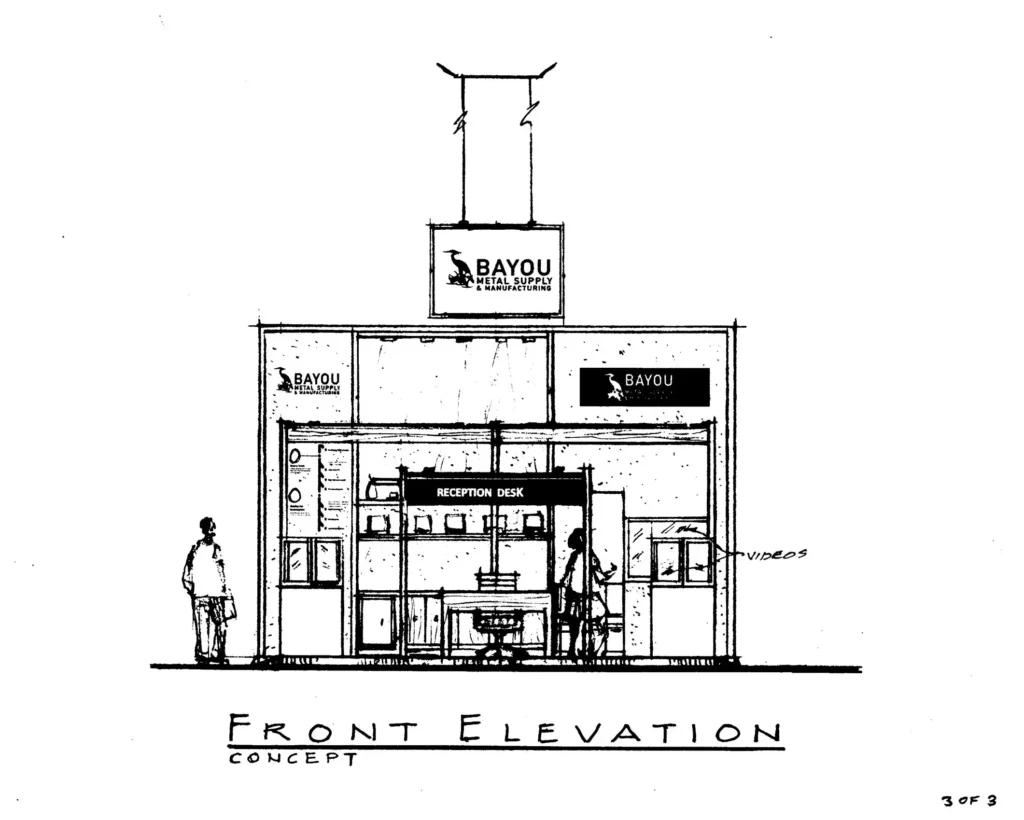
Post-Show Activities
Follow-Up Strategy
The tradeshow might be over, but your work isn’t done yet. The days and weeks following the event are crucial for turning the leads you’ve collected into actual business.
Start by organizing and prioritizing your leads. Send personalized follow-up emails to each contact, thanking them for visiting your booth and offering additional information or resources. For high-priority leads, consider scheduling follow-up calls or meetings to discuss potential opportunities in more detail.
Don’t let the momentum fade—timely follow-up is key to converting tradeshow leads into customers. Be persistent but respectful, and keep the conversation focused on how your products or services can meet the prospect’s needs.
Analyzing Performance
Once the follow-up process is underway, it’s time to reflect on your performance at the tradeshow. Gather your team to discuss what went well and what could be improved. Review the leads you collected, the sales you made, and the overall impact of your presence at the show.
Measuring your return on investment (ROI) is essential. Compare the costs you incurred with the revenue generated or the value of the leads collected. Analyze the effectiveness of your marketing efforts and the overall booth traffic.
Gathering feedback from your team and from attendees is also valuable. What did they think of your booth? How did they perceive your brand? Use this feedback to refine your strategy for future tradeshows.
Lots of Prep for Big Payoffs
Participating in the International WorkBoat Show is a significant investment of time and resources, but when done right, it can yield substantial rewards. By setting clear objectives, planning meticulously, and executing effectively, you can ensure that your tradeshow presence is a resounding success. Consistent participation in industry events like this not only builds your brand but also positions your company as a leader in the marine industry.
Free Planning Document
Planning for a tradeshow like the International WorkBoat Show requires careful preparation and attention to detail. To help you get started, we’re offering a free downloadable planning document similar to the one outlined in this article. This tool will guide you through each step of the process, ensuring you’re fully prepared to make the most of your tradeshow experience. [Download Your Tradeshow Planning Checklist Here] and start planning your path to success today!
